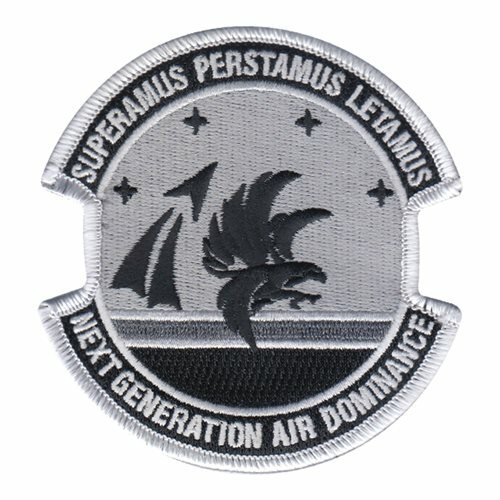A ship with a single seat drone control station and restricted communications because continuous communications reveals your location. And no CIC in the Ohios, even the GNs.
Very much a single drone controller telling 4 birds "go here and bomb this"
"Drones Attack-2, -3, -4, and EW-1, follow Attack-1"
WSO then gives orders to Attack-1 as the lead ship in the formation.
"Drones Fighter-1, 2, 3, EW-2, and Recon-1, follow me."
You know, the same way people have been controlling sub-units in RTS games since RTS games were a thing?
Real life is different...
MUM-T troops in Afghanistan could scarcely command more than two drones at a time, provided the Longbow was sitting back and not engaged in action, and that was up to the gunner and pilot working together. One drone was doable if the Longbow was flying around but it could hardly do battle. No drones in combat because use of the robotic AH-6 required the full attention span of the gunner/pilot crew.
It's why the MUM-T drones were used explicitly as vanguards for detection of targets to be destroyed by the Longbows. Modern ones just use Grey Eagles that can fly in a circle and pipe the sensors back to the helicopter, because it turns out the Little Bird drone helicopter was a bad idea.
A combat fighter pilot has a much greater attention span debt than a combat helicopter pilot though. He can't simply stop and hide behind a hill while talking to a pair of drones. They need to be literally autonomous and able to conduct strike missions on their own, much like human pilots, and this will necessarily entail hitting things like civilians misidentified as combatants, or civilians identified as racially/ethnically Chinese (thus, "the enemy" and a valid target), or whatever targeting parameters the neural network discerns from a given dataset and its labels.
Drones today require essentially constant manned babysitting. Some can be trusted to fly in a straight line without getting lost. This is something a backseater would do in a better designed aircraft than JSF. It's something the pilot will need to juggle, along with everything else, in the JSF.
In practice I suspect the USAF will rely on, if it ever gets the idea of using UCAS in the first place, Air Battle Managers controlling UCAS like ordinary fighters and using them to replace the fighter-bomber job of the JSF. This would free JSFs up to do F-22's job of OCA/DCA. It would also put the least pressure on the poor single-seat fighter pilots.
That's important because the USAF is at a deficit of about 600 frontline tactical fighters aka ATF, which it hopes to make up with 1,700 JSFs and several hundred F-15/F-16, but right now it's looking like it will have a deficit of both JSFs and ATFs, and probably of F-15EX as well. Eliminating the bomb truck mission from JSF means it will be able to do ATF's job, albeit poorly. Because it's a stealth A-7, not a stealth F-15, thus it's probably not the best at maneuvering in BVR. So it goes...
If the robotic aircraft is smart enough to find targets on its own, destroy them, and return to base, it can probably be trusted to two or three per JSF, at best. If it isn't, then it's not worth much, because no JSF driver will be able to operate a drone and fly a jet at the same time, which is impossible. Which is why the robotic aircraft needs to be smart enough to kill things on its own and not be expected to wait for a man-in-the-loop decision to tell it to kill things.
That's kind of the point of a loyal wingman...
A CCA/loyal wingman isn't going to be a panacea, but it will certainly reduce the "virtual attrition" of JSF put into JDAMing/SDBing armor columns, and let them do more important things like killing enemy bombers and protecting own bombers.
If only the USAF has enough brains to make a good one and not a tiny one. UCLASS would be ideal since it can carry 8-16 SDBs per.
Unfortunately, the USAF didn't have enough brains to keep the WSO in the back of the F-22 or F-35, so it's unlikely that drone operation will be viable in a future world war outside of B-21 I guess. If it has to rely on Sentry or Joint STARS, it's doomed, because those will be killed by long range VLO aircraft. B-21 seems to be the only USAF two-seat VLO aircraft that will actually be available in less than a decade and has some built-in drone management capacity. But that's also the most modern and only actual XXI century aircraft the USAF has at the moment.
JSF and ATF are both ancient, from the Reagan-era, and would have been excellent if they had been built in the same numbers and America had the same demographic/personnel situation of the era. So they're pretty short sighted designs that didn't take into account remote UCAS/drone operation as a matter of importance for frontline fighters.
Maybe they'll bring back the robotic teammate for B-21 at some point though.






